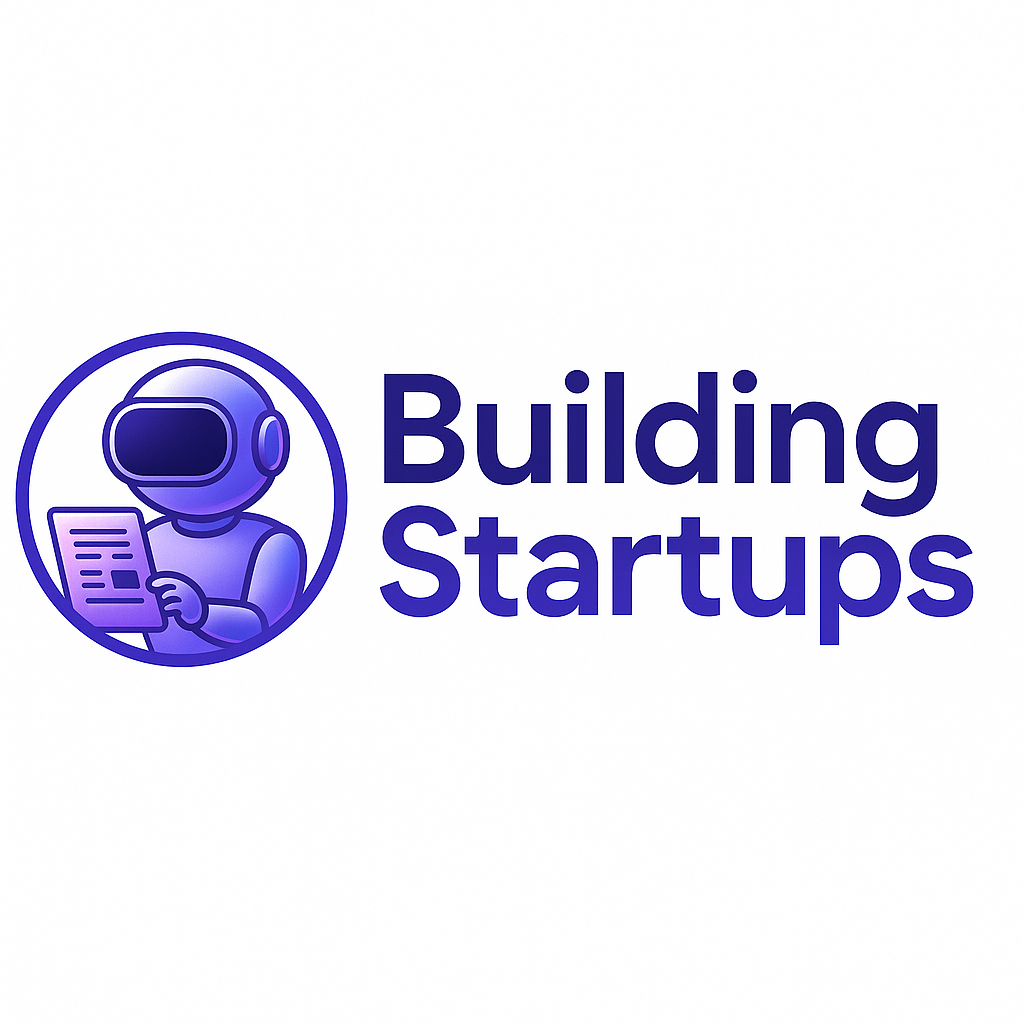The Building Startups Story
Building a startup is hard and dangerous work. The informal statistic is that 9 out of 10 startups fail to create positive return to their investors and almost half fail completely, throwing their investors money down the drain.
That’s Billions of dollars going down the drain in a high risk, high reward game. But who said this has to be a high risk, high reward game?
The Dream of the Startup
Back in the dot com days tech companies (the startups of the early 2000’s) created an irresistible opportunity for quick gains. VCs, who were always playing the high risk high reward game, saw how small companies can generate massive amounts of profits and started putting their money into this lucrative sector.
We all know how that turned out, with the crash of the dot com bubble.
But the crash did not kill the VCs tech dream. For them, it was just a proof of concept. fledgling tech companies (a.k.a startups) became all the rage in the VC industry and billions of dollars started backing them up.
The startup dream was born…
A Dream or a Nightmare?
Building a successful startup became the dream of many (young) founders. Investors, who stood to gain a lot of money in the process, fueled these dreams and pushed founders to achieve hyper growth, forgetting basic business principles in the process.
The results of which were flawed business models, cash-flow negative companies, hundreds of billions of dollars down the drain, countless startups failing and many dreams shattered.
Sure, there were some successes, even massive ones, but like any high-risk high-reward game, only a few players really won while many others lost everything.
This is a model that might work well for investors who can bet on multiple players (startups) but not so much for the startup founder who puts all of his eggs in one basket (his own startup)
If a business person from a more traditional industry would have gone into a startup’s board room he would be shocked by the vanity metrics and “growth oriented approaches” that dominate the startups industry over more traditional business metrics like profit.
Turning Risk to Reward
Ever since the Covid-19 crisis we are seeing a wave of awakening in the startups world. More and more VCs are putting an emphasis on traditional business metrics. It is as if the industry is maturing and there is more focus on risk elimination and profits.
Investors have always tried to find ways to eliminate risks and to increase the chances of a startup to succeed, but the pressure of showing returns to their investors have always pushed them toward growth at all cost, even at the price of some failure.
This is where Building Startups’ story begins…
Learning from others
“The cheapest lessons are from the failures (and successes) of others…”
There is an abundance of postmortems and analysis of why startups fail. There’s complete websites analyzing hundreds of cases of why a startup failed. They all point to a relatively short list of reasons.
If you put aside the human factor (team conflicts etc.) it seems like the biggest problem is finding a fit between a product and a market (a.k.a. product-market fit, or PMF). The irony is that the business world have already solved this issue many years ago.
Sure, the solution is not yet perfect. There are many traditional businesses that still fail. But they all do so at a much smaller loss to their investors and/or owners.
They simply do it with a much smaller risk.
The Building Startups Way
At Building Startups we believe in risk minimization. We believe that the customer is at the center of every decision and that there is a structured process for validating a business idea before investing funds and efforts to bring it to life.
We took the great work of Eric Riess (The Lean Startup, which is based on “The Startup Owners Manual” by Bob Dorf and Steve Blank) along with ideas form the Blue Ocean Strategy (by Renée Mauborgne and W. Chan Kim) and Alex Osterwalder (The Business Model Canvas, Strategyzer) and combined it with traditional business wisdom from marketing and business giants and developed a comprehensive process that takes a startup from ideation to product-market fit.
The entirety of this site is dedicated to the description and implementation of these methodologies, so we will not go into details about them here. We can only say that after consulting to hundreds of startups, building 2 acceleration programs (in two different continents) and investing in startups we can confidently say that these methods work.
Our processes will force you to focus on the right things in the right order to minimize the risks involved in launching a startup. Feel free to try them out for yourself or contact us so we can teach them to you.
